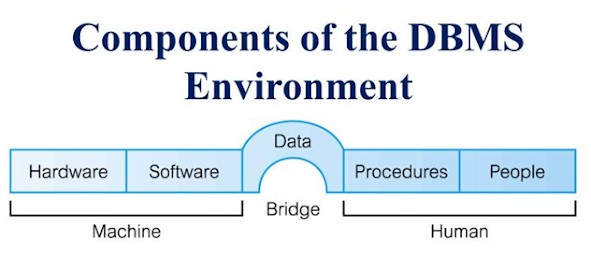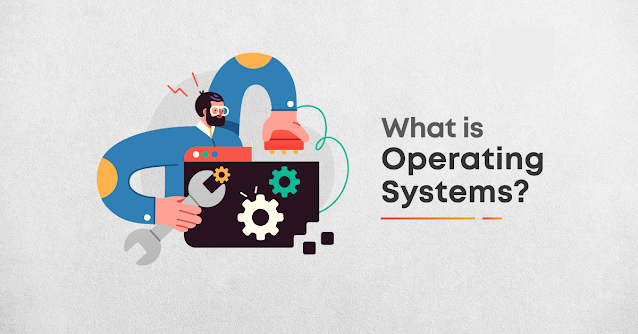What are the Components of DBMS?
The database management system can be divided into five Main parts, they are:
Let us have a very simple diagram to learn how they fit together to make a database management program.
Data is an essential component of the DBMS. The main purpose of DBMS is to execute the data.
As soon as we say Hardware we imply pc, hard disks, I/O stations for information, and some other physiological element involved before any information is successfully saved to memory card. As soon as we run Oracle or MySQL on our personal computer, our computer's Hard Disk our Keyboard using that we sort in all of the controls our computer's RAM, ROM become part of their DBMS hardware.
This is the principal element, since it is the program which controls everything. The DBMS software is similar to a wrapper around the physical database, and this supplies us with a easy-to-use interface to save, access and update information.
The DBMS software is capable of knowing that the Database Access Language and interpret it to real database controls to perform them on the DB.
Statistics is that resource, for which DBMS was created. The purpose behind the invention of DBMS was supposed to shop and utilize information.
In a common Database, the user stored Data is current and meta info is saved.
Metadata is information about the data. This can be information saved by the DBMS to understand the information saved in it.
For instance: once I save my Name at a database, the DBMS will save when the name has been saved at the database, what's the size of this title, is it saved related information into a other information, or is it separate, all of this info is metadata.
DBMS Components:
Strategies Processes refer to general directions to utilize a database management program. Including processes to set up and set up a DBMS, To login and logout of all DBMS software, to handle databases, to shoot copies, creating reports etc..
Database Access Language is an easy language designed to write controls to gain access, add, update and delete information stored in almost any database.
An individual may write orders from the Database Access Language and then submit it to the DBMS for implementation, which is subsequently interpreted and implemented from the DBMS.
User may create new databases, tables, and add information, fetch saved data, update information and delete the information utilizing the access speech.
Clients Database Administrators: Database Administrator or DBA is the person who oversees the comprehensive database management program. DBA takes care of the security of this DBMS, it's availability, handling the license keys, handling user accounts and access etc..
Software Programmer or Software Developer: This consumer group is closely involved in developing and designing the parts of DBMS. End User: Nowadays all of the contemporary applications, mobile or web, store user information.
How do you believe they really do it?
Yes, programs are programmed in this manner that they gather user information and save the information on DBMS systems operating on their host. End customers are the person who store, retrieve, update and delete information.



Comments
Post a Comment